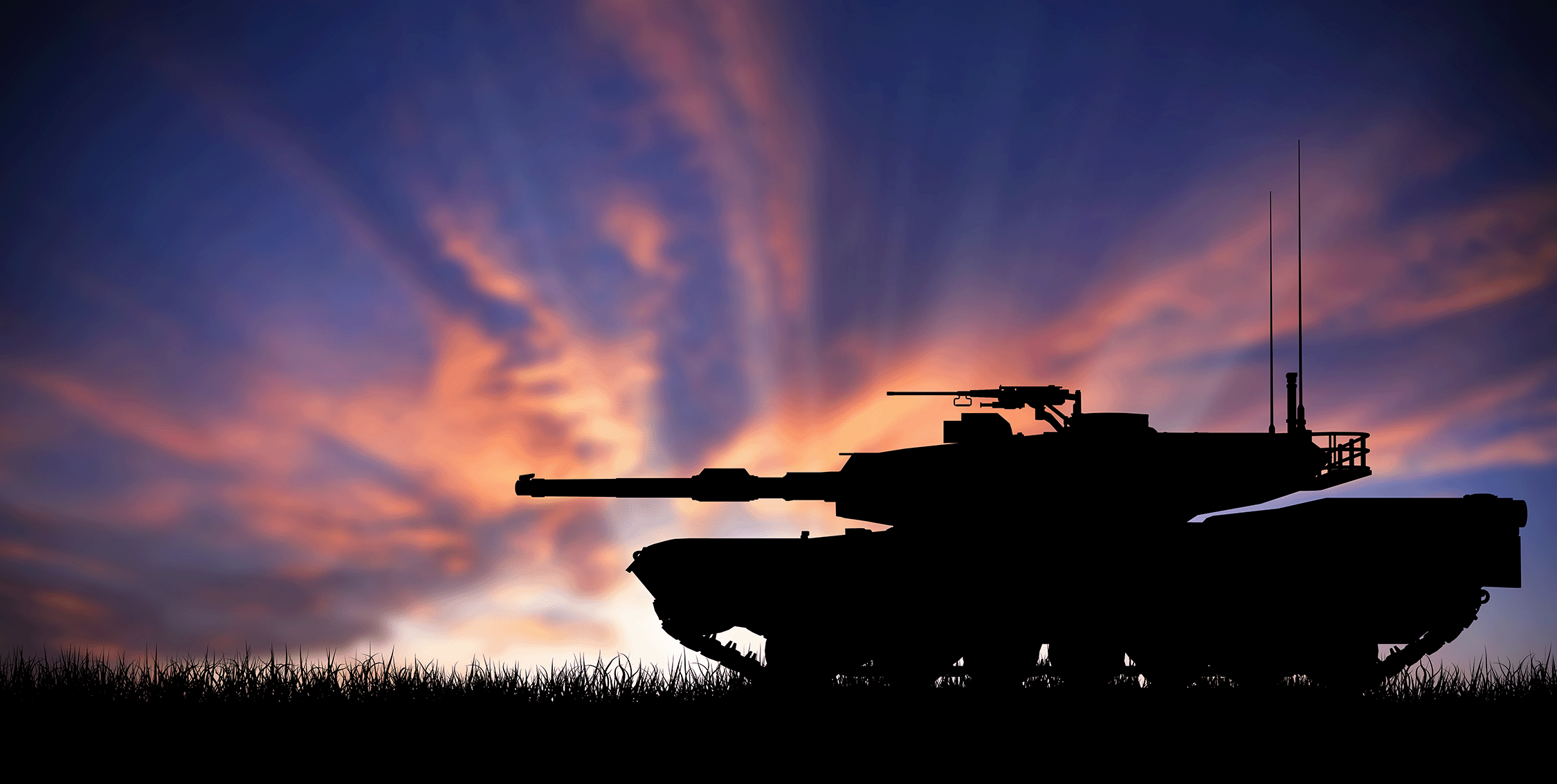As the global landscape shifts in 2025, innovation in military engineering has never been more advanced.
From AI-powered intelligence systems and autonomous technologies to developments in sustainable engineering and quantum-secure communications, the defence sector is undergoing a transformation.
Paul Taylor, Business Development Manager at M&E Global, explores the cutting-edge trends shaping defence priorities this year in a recent article with @theaijournal.
In the piece, Paul looks into what these trends mean for operational readiness, strategic capabilities, and the future of global missions. Read more here or below: https://aijourn.com/how-ai-is-shaping-engineering-in-the-military-and-defence-sector
As we navigate the complexities of a rapidly changing world, the engineering and defence sectors are at the forefront of innovation, constantly evolving to address emerging threats and challenges. The political landscape in 2025 is set to be particularly dynamic, with seismic shifts in global leadership. These changes are expected to have significant impacts on government spending, defence policies and engineering priorities. While the UK’s Labour government is focusing on sustainability and technological advancements, Trump’s administration is emphasising military strength and economic growth.
2025 promises to be a pivotal year for engineering advancements in these fields, as cutting-edge technologies, such as unmanned aircraft, and sustainable practices, like sustainable aircraft fuel (SAF), reshape the landscape of modern warfare, with AI advancements being the main driver behind this. In this article, Paul Taylor, Business Development Manager at M&E Global, delves into the latest trends that are set to define military and defence engineering in 2025 and how AI is playing a part in this.
Robotic and Algorithmic Warfare
Since 2022, the use of remotely operated and autonomous systems has expanded significantly. Recent conflicts have demonstrated the effectiveness of ground and maritime drones, with AI playing a crucial role in targeting, command, and control. Insights gained from these operations are shaping new military strategies. One exciting development is swarming technology, where many drones operate together like a team. This approach can overwhelm enemy defences and provide real-time intelligence, making drones central to the future of the defence industry.
As a result of their effectiveness, military organisations are now working to integrate these new unmanned systems with the sector’s more traditional vehicles that require human operators. This requires updating training and strategies to make the best use of these technologies – so, we can expect that companies across the military & defence sector will start prioritising areas like upskilling and training to ensure they can meet the demands of modern military forces.
Advanced Manufacturing
Additive manufacturing (3D printing) is playing a critical role by enabling the rapid production of customised parts, reducing production times, and enhancing operational readiness, which is streamlining the speed in which military engineers are producing quality and top of the range military equipment. This technology allows for quick prototyping, significantly shortening the development cycle for new equipment. It also enables the creation of complex geometries that traditional manufacturing methods cannot achieve, leading to lighter and more efficient designs.
Additionally, as global events disrupt critical supply chains and equipment ages, reverse engineering has become vital for ensuring operational readiness in the military and defence sectors. By deconstructing and analysing existing technology, engineers can develop robust, versatile, and cyber-secure solutions that integrate seamlessly with current systems. This process helps replace obsolete components, improve existing technologies, and maintain technological superiority.
Recent advancements in precision scanning and modelling technologies have enabled engineers to capture micro-level details and convert physical scans into highly accurate parametric models. Also, integrating AI-driven design optimisation and secure data management ensures that new designs are both efficient and protected against cyber threats. These innovations are crucial for enhancing military capabilities and ensuring sustainability in diverse operational settings.
Cybersecurity and Quantum Encryption
As interconnected systems become integral to military operations, cybersecurity is now a top priority. The implementation of quantum encryption enhances the security of sensitive communications, helping to counter emerging cyber threats. Initiatives like the Cybersecurity Maturity Model Certification (CMMC) are strengthening defences across the military supply chain. With the rise of cyber warfare, military organisations are heavily investing in quantum-resistant algorithms and secure communication networks to protect against sophisticated adversaries. Having systems like this in place are ensuring military engineers have the correct protection tools to ensure safe operations.
Sustainable Engineering Solutions
Sustainability in defence operations is increasingly focused on energy security and mission effectiveness. Efforts include the deployment of hybrid and renewable energy systems to reduce reliance on volatile supply chains and the development of energy-efficient platforms. The US Army’s Electric Light Reconnaissance Vehicle (eLRV) exemplifies these advancements. These vehicles not only lower the military’s carbon footprint but also provide operational advantages, such as quieter movement, which enhances stealth capabilities of military personnel in reconnaissance missions.
AI-Enabled Intelligence
Artificial intelligence (AI) is changing the way military engineers handle Intelligence, Surveillance, and Reconnaissance (ISR) tasks. By improving how data is collected and analysed, AI helps increase situational awareness and decision-making.
For military engineers, AI-powered ISR systems make analysing data and detecting threats easier and faster. This reduces the workload on human operators and allows for quicker, more accurate responses in critical situations. Integrating AI into ISR frameworks enables engineers to create systems that provide real-time intelligence, improving the efficiency and effectiveness of military operations. Benefits include quicker data processing, better threat detection, improved decision-making with AI support, and overall more efficient operations. Using AI, military engineers can develop advanced ISR solutions that enhance their capabilities and provide strategic advantages on the battlefield.
This evolving landscape of military technology highlights the rapid advancements shaping the future of defence. From AI-driven warfare to sustainable engineering solutions, these innovations are redefining strategic capabilities on a global scale.





